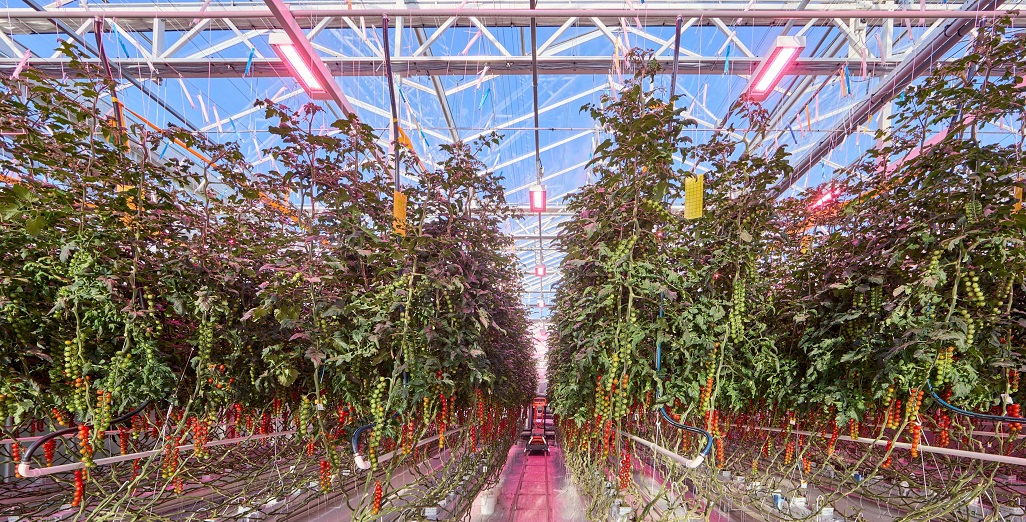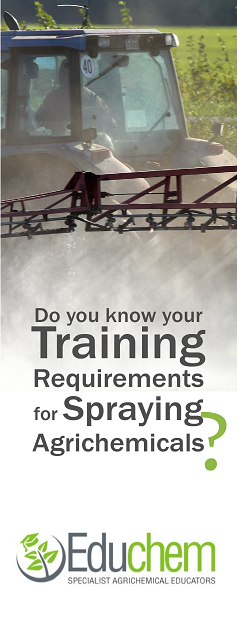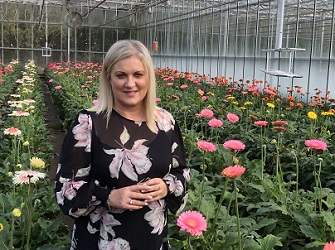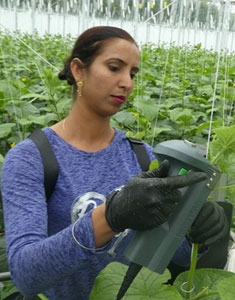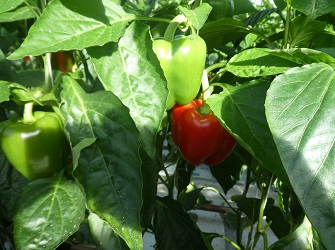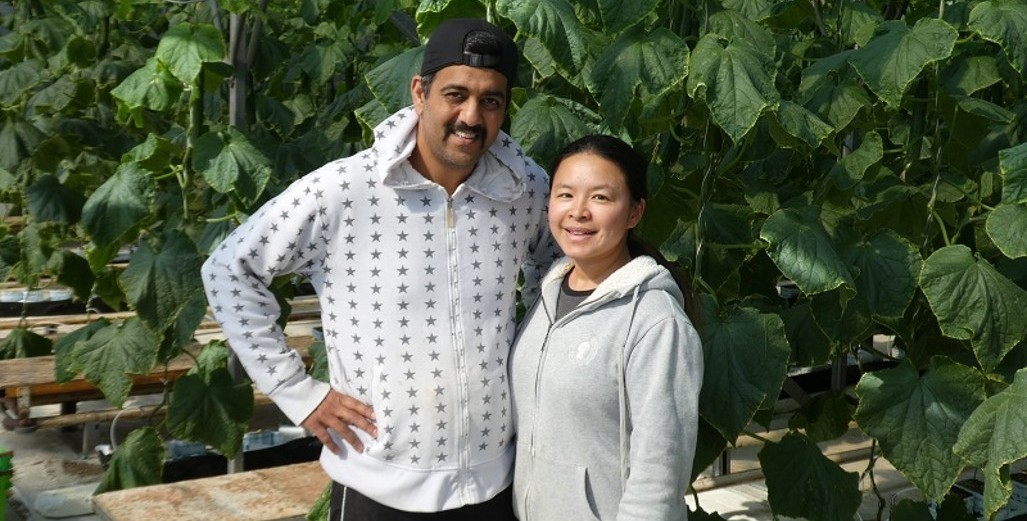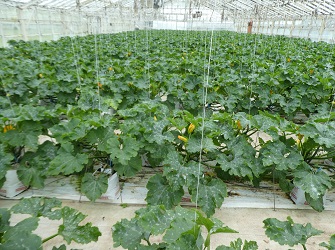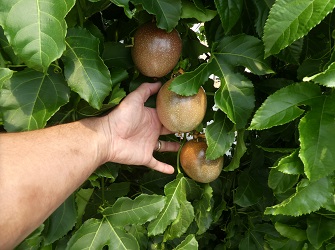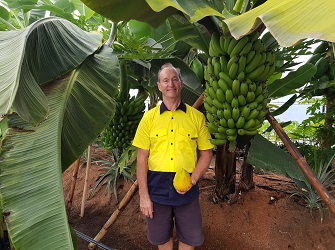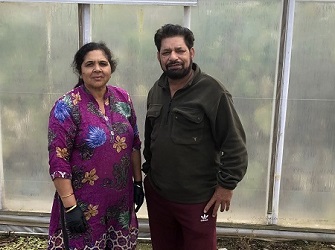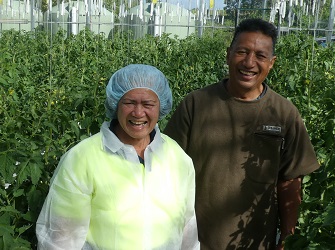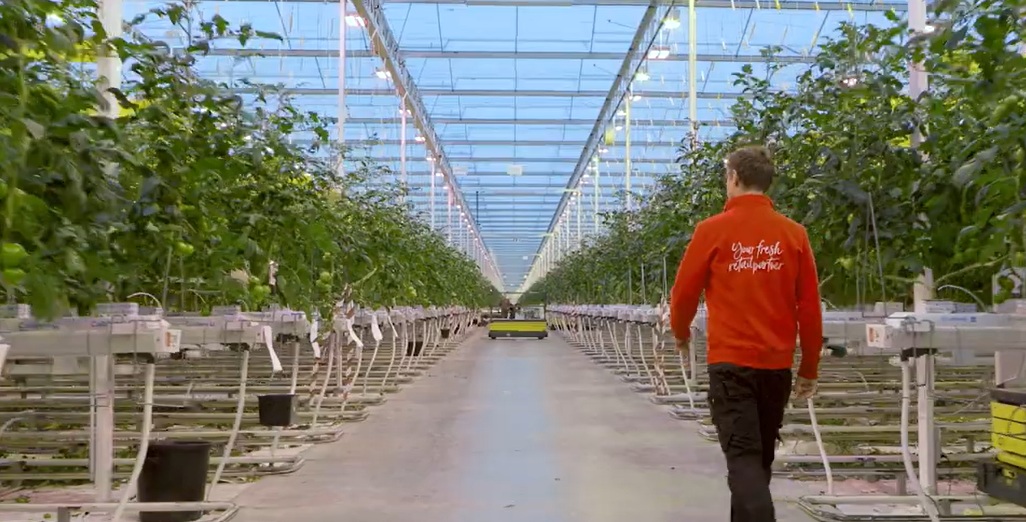Sign up here to subscribe to the Grower2grower Ezine. Every two weeks you will receive new articles, specific to the protected cropping industry, informing you of industry news and events straight to your inbox.
Oct 2024
Cherry Production in New Zealand – Mike Nichols

“There is now considerable evidence available that by using dwarfing cherry rootstocks and the Upright Fruiting Offshoots (UFO) training system that it is possible to grow cherries at high density”
Mike Nichols

Historically fruit production developed close to villages, towns, and cities, but in the 19th century the development of the railways and roads meant that many of the crops could be grown in areas where the climate/soil etc was more suitable, and the fresh fruit transported to the consumer rapidly. More recently the availability of air transport has further expanded the availability of fruit from distant producers. Cherries are no exception to this pattern.
Cherries are undoubtedly the most desired of all the stone fruit. They are easy to eat, and unlike other stone fruit the size permits flexibility of how many fruits you wish to consume at one time. The short season is made even more complicated because it is difficult to produce a good crop except in a very specific climate. namely one with adequate winter chill, without killing the fruit buds (as can occur in some continental climates), and one with the absence of precipitation close to fruit maturity, which can cause fruit to split. In New Zealand obviously Central Otago ticks most of the boxes, followed by Marlborough, and possibly Hawkes Bay and Canterbury. However other important factors to consider are distance from international and domestic markets, and the possibility of extending the harvest season.
GLOBAL WARMING
The threat of global warming has now upset the applecart, with its prediction of extreme weather conditions, which (simplistically) might only be unseasonable rain in the middle of the cherry harvest.
UNSEASONAL RAIN
Rain during the harvest period can easily be overcome by using rain shelters (eg tunnel greenhouses, or specially developed water repelling mesh which can run rain off between the rows).
The use of rain shelter greenhouses for cherry production was developed ln New Zealand by Professor Richard Rowe of Lincoln University towards the end of the last Century. At this time dwarfing cherry rootstocks were not available in New Zealand. Some 10 years ago I obtained (on behalf of The Wee Red Barn at Masterton), some mature cherry trees from North Otago which had been used in a greenhouse. After planting and a heavy pruning, they have produced excellent fruit since planting. As they are on the colt rootstock they have to be pruned hard every year.
DWARF ROOTSTOCKS
The use of dwarf root stocks (eg Gisel 3) and of the Upright Fruiting Offshoots (UFO) training system, would be a valuable conversion from the larger trees resulting from the use of the “Colt” rootstock, with the increasing harvesting costs and conventional pruning system which have little potential for robotic harvesting.
If the trees are to be protected by “rain covers” of some description then the question of whether it is necessary to grow the trees in a district with a low summer rainfall becomes debateable.

UFO system (photo compliments of Forest Lodge Orchard, Cromwell).
WINTER CHILLING
At this time it is clearly impossible to produce cherries without adequate winter chilling. This means that anywhere north of Auckland, and south of Auckland, near the coast as far south as Taranaki and Gisborne, is unlikely to be suitable. Of course if some low chill cherry varieties were developed (as has occurred with peaches and nectarines) the picture would rapidly change. Note: There are now two low chill varieties in existence!
HYDROPONICS
A significant advance could be the introduction of hydroponics. Although hydroponics was first used commercially nearly 100 year ago, by PAN Am Airlines on Wake Island in the Pacific the technology did not really “take-off” until the 1970’s. Hydroponics is now the accepted system for growing most greenhouse vegetables, and berry fruit in horticultural advanced countries, and is being strongly promoted in many developing countries because of its higher yields and superior quality produce as well as improved water and nutrient use efficiencies.
This would mean that unsuitable sites for cherries due to soil type could be used and that it would become possible to provide the tree with an optimum level of nutrition and water.
WHERE SHOULD THE CHERRIES BE GROWN.
Clearly if population is the key driver, then from a domestic market perspective, 50% of New Zealanders live north of Taupo!!! This suggest that somewhere on the North Island. Similarly from an export viewpoint proximity to a large international airport is critical. Auckland offers direct flights by wide body planes to the Middle East, China, Japan. North America and Singapore, while Christchurch has only a limited capacity. However one other important consideration must be the presence of local infrastructure and crop knowledge. Te Puke owes its kiwifruit position as a knowledge base, and also for the backup resources that exist for producers etc.
YEAR ROUND PRODUCTION IN A PLANT FACTORY
Might there be any demand for cherries year round in New Zealand?? Your guess is as good as mine. The question really is it possible to produce cherry fruit and make it available at a reasonable price any day of the year? I t may be “a bridge too far” at this present time, but it may warrant examination.
There is now considerable evidence available that by using dwarfing cherry rootstocks and the Upright Fruiting Offshoots (UFO) training system that it is possible to grow cherries at high density, and to obtain precocious cropping in the field. The system could easily be transferred into a plant factory with a hydroponic system, and the rows brought in even closer together, as there would be no need for tractors etc.. With the environmental control that a plant factory provides, newly budded plants could produce the basic shoot and the upright fruiting laterals in two growing cycles, and after a short dormancy, and it should be possible to have full fruit production. How long each growing cycle (and dormancy period) should last is anyone’s guess, but there would appear to be no reason why the growth phases might not be as little as 3 months, and the dormancy period only 1 month. Time will tell. I suspect that it would take 12 months to produce the first crop, but thereafter a crop could be produced every 3-4 months. The fruiting laterals would be renewal pruned, so that the fruiting spurs were all young, and harvesting would (eventually) be robotic.
It must be remembered that it is possible to produce 2 crops of apples per year in tropical Batu, Indonesia in the field, so producing 3 or even 4 crops per year of cherries in a plant factory (capable of providing optimum light, temperature and CO2 levels) should be relatively straightforward.
There should be no pest and disease problems, and pollination would be by bumble bees.
Field grown cherries suffer from a large number of problems, namely, inclement weather such as frosts, strong winds and unseasonable rain (which can cause fruit splitting), bird damage, and pests and diseases. None of these should be a problem in a plant factory.
Of course this will just not happen without research. For a start we have little idea how best to overcome dormancy. The only models available have been developed to describe the effect of fluctuating temperatures in the field on dormancy, whereas in a plant factory the optimum dormancy is likely to be easiest achieved with a tightly controlled temperature regime, possibly a fixed temperature of days rather than months.
CONCLUSIONS
Research in USA has demonstrated the advantages of the Upright Fruiting Offshoots (UFO) system over the bush and central leader system, and the huge advantage of using Gisela 3 over the other dwarfing cherry rootstocks, in terms of precocious cropping and higher yields.
It might also provide an opportunity to extend the harvest season by using geothermal heated greenhouses near Rotorua to produce early fruit, after they have received sufficient winter chill or late maturing fruit might become an additional crop to carrots in Ohakune.
It might also be more effective to grow cherries closer to the local market (eg half of New Zealand lives north of Taupo, and closer to a large international airport) to reduce internal transport costs, provided that production costs are similar to other more climatically suitable districts.

(Right) Dr Bruce Christie and Alan Bissett
CLASSIFIED
Photo
Gallery
Subscribe to our E-Zine
More
From This Category
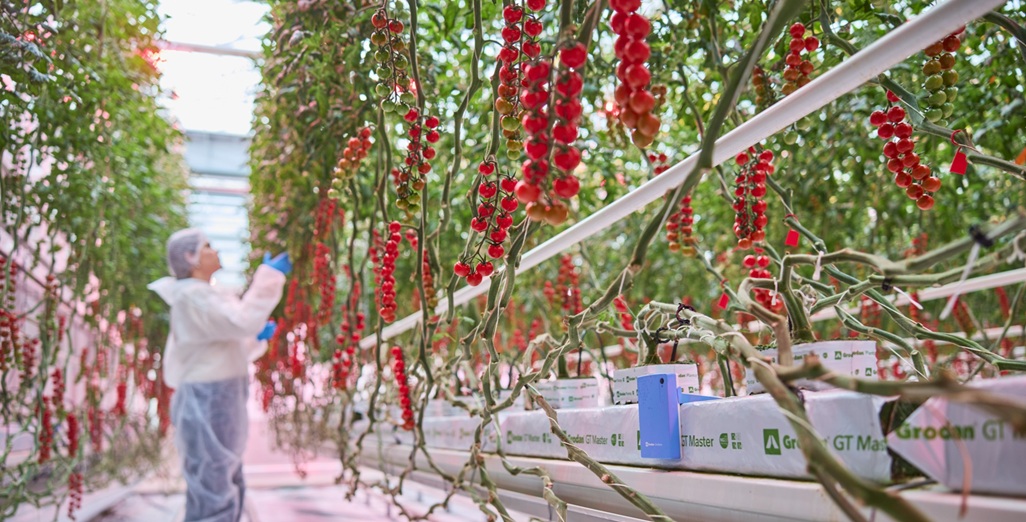
Grodan and Philips Horticulture LED Solutions demonstrate additional heat input reduction while growing very flavorful quality tomatoes
Dynamically controllable LED grow lights for plant nursery
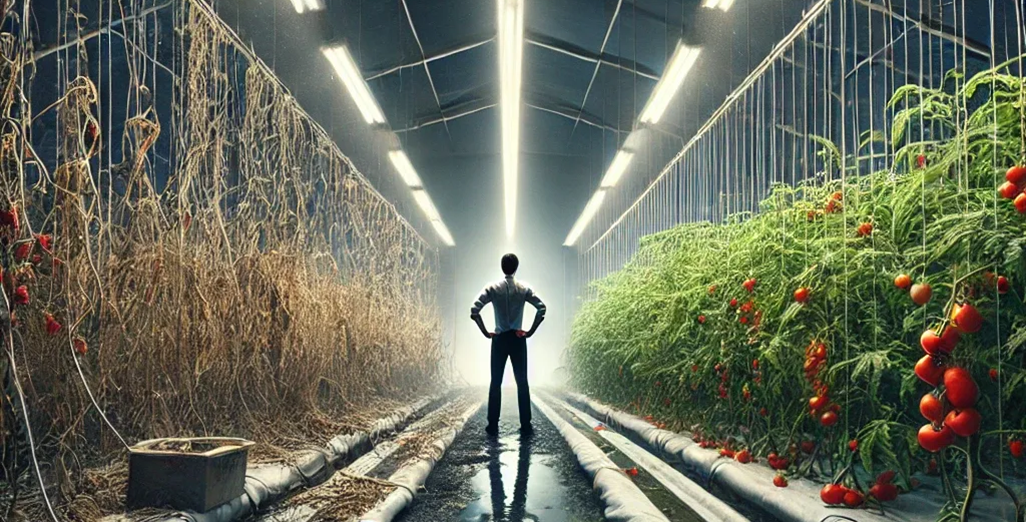
No Shortcuts in CEA: Hard Truths on Greenhouse Success
Den Berk Délice improved production predictability and energy efficiency with Philips horticulture intelligent lighting
Intelligent Philips LED lighting at J&A Chrysanten optimizes production and energy efficiency
